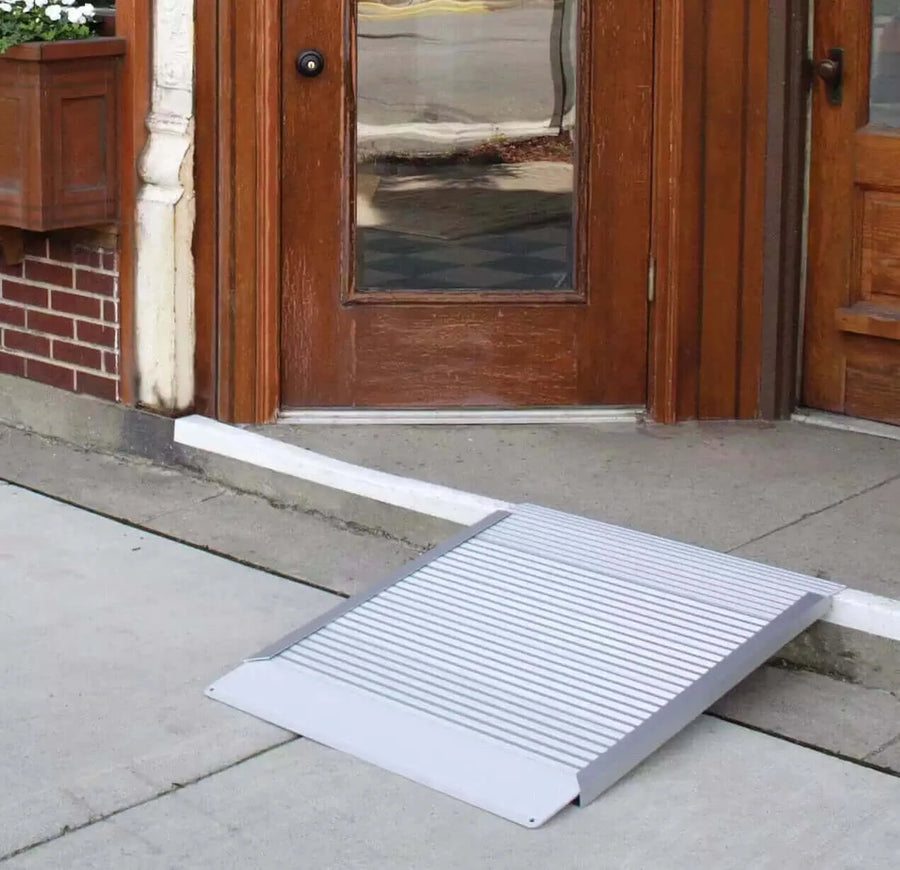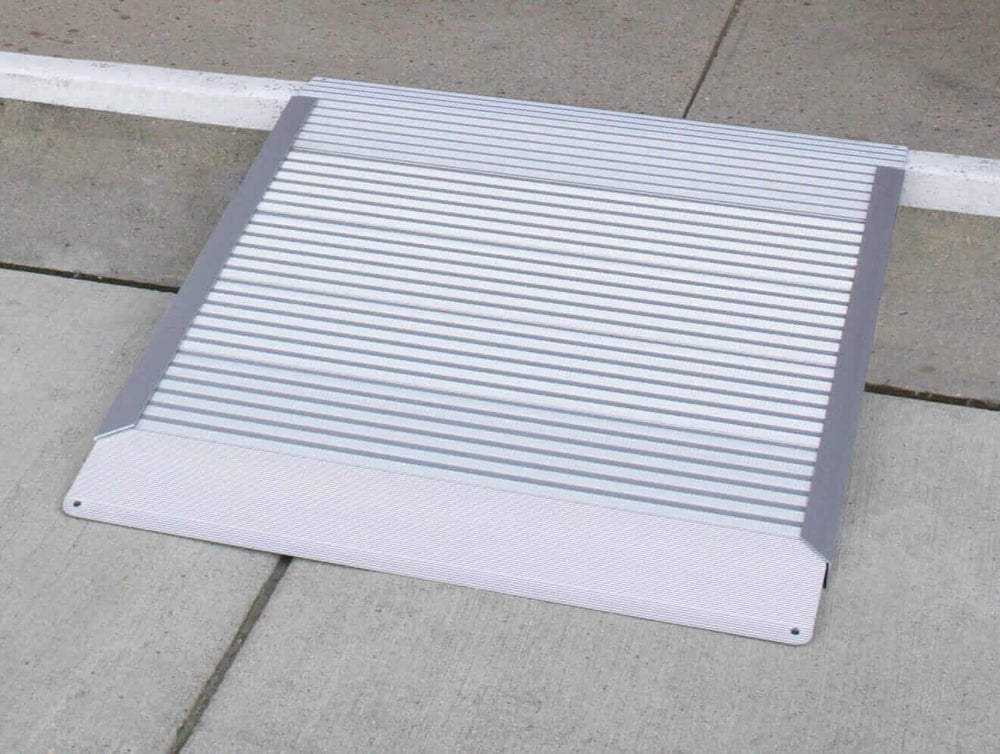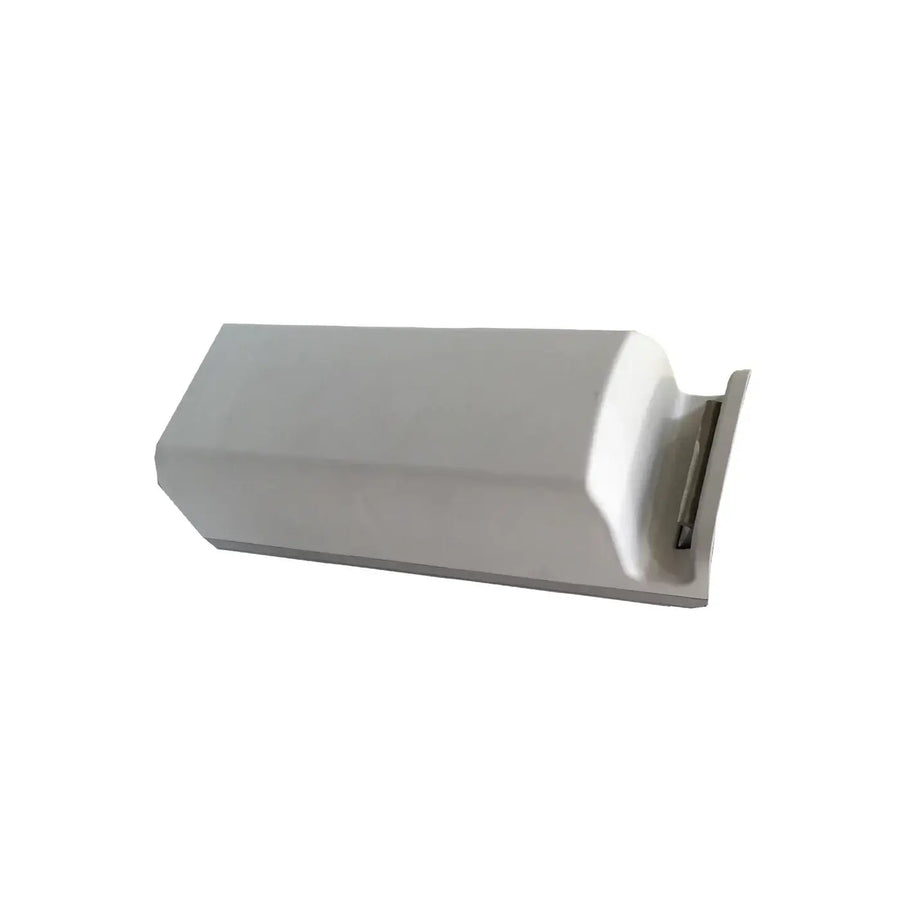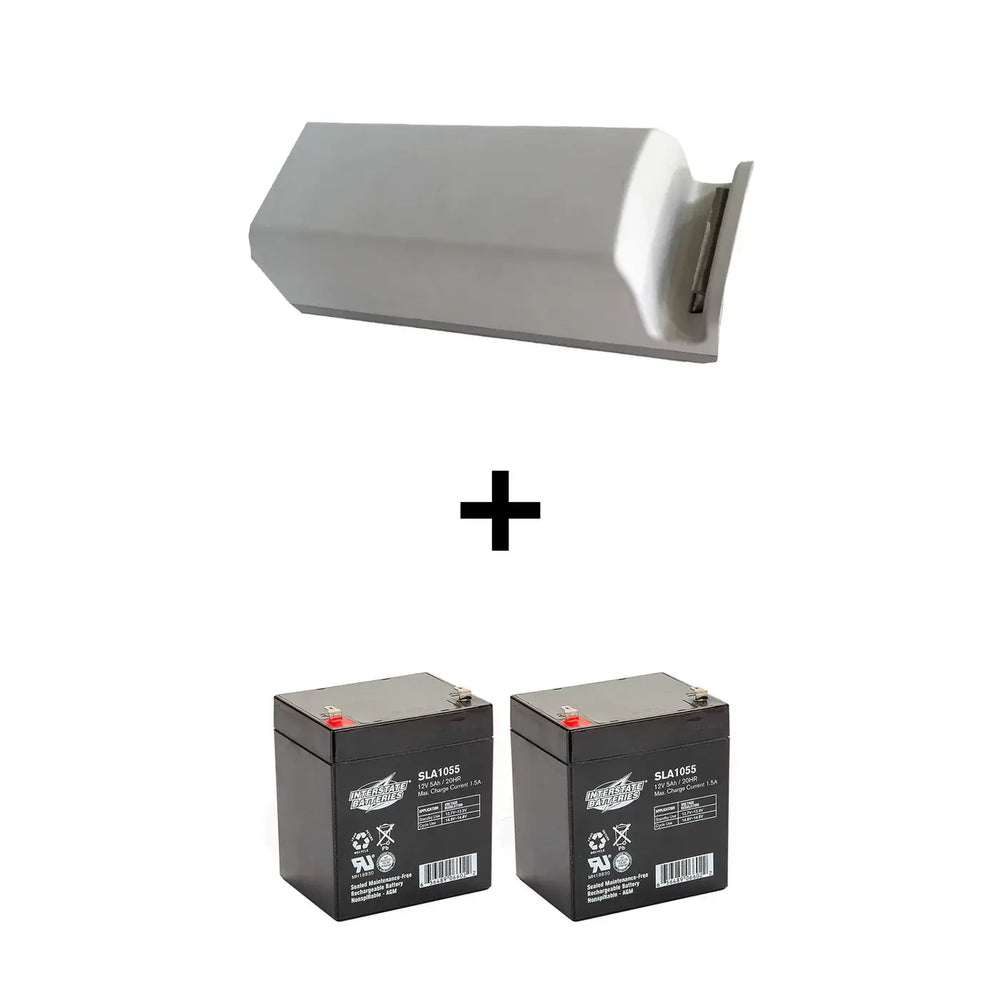How to Choose the Best Patient Lift Sling for Your Needs
Many people underestimate the importance of choosing the right patient lift sling, thinking any option will suffice. However, selecting the appropriate sling can significantly impact both safety and comfort for the user. You'll need to evaluate several factors, from type and size to material and safety features. Understanding these elements will help you find the best fit for your needs, ensuring a smoother experience for you and the patient involved.

Understanding the Different Types of Patient Lift Slings
When choosing a patient lift sling, it's essential to understand the different types available. Knowing your options can help you pick the best fit for your needs.
There are generally four main types: full-body slings, transfer slings, sit-to-stand slings, and toileting slings. Each type serves specific sling applications, allowing you to cater to various mobility challenges.
Full-body slings support the entire body, making them ideal for those with limited mobility. Transfer slings assist with moving patients from one surface to another, while sit-to-stand slings provide support for those who can bear some weight.
Finally, toileting slings facilitate quick access during bathroom transfers. Understanding these options can make the selection process easier and more effective for both you and your patient.
Assessing Size and Weight Capacity
Choosing the right patient lift sling goes beyond understanding the types available; you also need to assess size and weight capacity to guarantee safety and comfort.
Start by checking the size guidelines provided by the manufacturer, ensuring the sling fits the individual properly. An ill-fitting sling can lead to complications, so take accurate measurements.
Consider the following:
-
The user's height and weight for ideal support
-
Weight distribution to prevent strain on any one area
-
The sling's capacity ensures it can handle the user's weight safely
Evaluating Safety and Support Options
Safety is paramount when selecting a patient lift sling, as it directly impacts both the caregiver's and the patient's well-being.
To guarantee the best patient safety, consider the following support options:
-
Reinforced stitching that enhances durability and prevents tearing
-
Adjustable straps to accommodate various body sizes and guarantee a secure fit
-
Non-slip materials that provide extra grip during transfers
Considering Material and Comfort Features
While evaluating the right patient lift sling, considering material and comfort features is essential for both safety and user experience.
You'll want to choose a sling design that uses soft, breathable materials to prevent skin irritation and discomfort. Look for options with padding or ergonomic contours, which can make a significant difference in overall comfort during lifts.
Additionally, pay attention to user feedback on different slings, as this can provide valuable insight into how well a sling performs in real-life situations.
A well-designed sling that prioritizes comfort not only enhances the user's experience but also promotes a smoother transfer process.
Ultimately, investing in the right materials will guarantee both you and the patient feel secure and comfortable.
How to Involve the Patient in the Selection Process
Involving the patient in choosing their lift sling can make a big difference in comfort and cooperation. When the person using the sling feels included, they’re more likely to feel safe and respected.
Here are a few simple ways to involve them:
-
Ask about preferences: Some patients may prefer a certain fabric or sling style. Ask what feels most comfortable for them, especially if they’ve used a sling before.
-
Explain the options: Briefly go over the different types of slings and what each one is used for. Use clear, simple language to help them understand the purpose of each option.
-
Include them during fitting: Let them be present and give feedback when trying out different sizes or styles. Their input can help identify if something feels too tight or uncomfortable.
-
Talk about privacy and dignity: Some slings are better for toileting or dressing. Choose options that respect the patient’s need for privacy.
By taking the time to involve the patient, you help build trust and reduce fear or discomfort. It also leads to better use of the sling in daily care.
Tips for Proper Use and Maintenance
To guarantee your patient lift sling remains effective and safe, it's vital to follow proper usage and maintenance guidelines.
First, make sure you undergo user training to familiarize yourself with the sling's features and handling techniques. This training helps you lift and transfer patients safely, reducing the risk of injury for you and the patient.
Regular sling cleaning is necessary; always follow the manufacturer's instructions for washing and drying.
Inspect the sling for wear and tear before each use, replacing it if any damage is found.
Additionally, store the sling properly when not in use, keeping it clean and free from obstructions.






